“We’ve found the lost army of the King of Persia”
Over the last few weeks, the Castiglioni twins, well-known archaeologists from Varese, have presented the results of an expedition around the Egyptian Siwa Oasis, where a Persian army disappeared amid sandstorms, 2500 years ago.
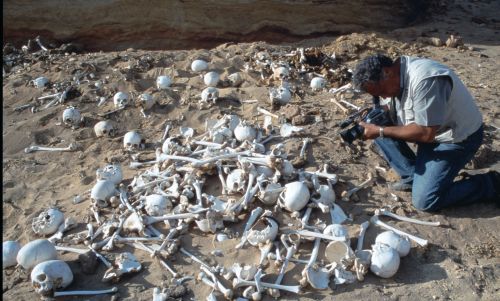 Is the lost army coming back to light? From the sands of the Egyptian desert, which saw the duels between Rommel and the Eighth British Army and the sacrifice of Italians at El Alamein, another army is re-emerging, one that vanished into nothing two thousand five hundred years ago. It is the army of the Persian King Cambyses II, the conqueror of Egypt. And it
Is the lost army coming back to light? From the sands of the Egyptian desert, which saw the duels between Rommel and the Eighth British Army and the sacrifice of Italians at El Alamein, another army is re-emerging, one that vanished into nothing two thousand five hundred years ago. It is the army of the Persian King Cambyses II, the conqueror of Egypt. And it
was the twins Angelo and Alfredo Castiglioni, the most famous archaeologists from Varese, who discovered it; they are convinced that the first remains of skeletons, arms and ornaments are only the tip of the iceberg. The remnants are not buried in icy waters, but in an expanse of sand that for millennia have whispered their story to the wind. The two Varese archaeologists, who became famous after they discovered, in 1989, what they identified as the legendary Egyptian “city of gold”, Berenice Panchrysos, in Sudan, situated between the Nile and the Red Sea, announced their finding, with the showing of a documentary at the Festival of Archaeological Cinema, in Rovereto.
We had heard of the events from the great-great-grandfather of historians, the Greek, Herodotus. It was he who, by recounting what had occurred two or three generations before his time, reported this strange story, which was known in Egypt. The year was 525 BC. The rising Persian empire had just conquered the Land of the Pharaohs. King Cambyses II decided to continue, sending armies to subdue Nubia (on the border between Egypt and Sudan, ed.), the oases of the western desert, and finally a fleet to conquer Carthage, which was already a considerable power. His plans went awry: the desert blocked his initiatives. and the Phoenician (Lebanese) sailors refused to go and attack their Carthaginian blood brothers. Furious, Cambyses committed, among other things, considerable offences against Egyptian customs, such as killing the sacred bull Apis. The Gods were against him, as Herodotus tells us. When Cambyses sent his army against the Siwa Oasis, to destroy the temple of the god, which was revealed with the wind, there was a sandstorm which first disorientated, and then killed the entire marching group, which included women and slaves.
The news of this find is being presented over the next few weeks, now that the documentary has been released. Bronze weapons, hundreds of bones in a common grave, amphorae, bracelets, earrings, a horse’s bit, objects compatible with the Persian iconography of that period, all scattered over a remote area of the desert, near the Bahir Oasis, not far from Siwa, were found after five years of expeditions, and five attempts in 1998. According to the Castiglioni brothers, the key to the mystery is the route covered by the army, who, instead of coming from the Mediterranean coast, as Alexander the Great did two centuries later, in order to go and be recognised as the son of the god Amun, and Lord of Egypt, chose a more roundabout route, from Thebes to the Kharga Oasis, in the middle of the country. Instead of following the line of the oases, which still exist, the army followed another route partly followed in the time of the Pharaohs, that still had “watering points”. The legend talks of a force of 50,000 men; this figure probably has a few too many zeros, but the story seems to have some truth. For the record, Egypt brought Cambyses bad luck; when he left the country three years later to return to Persia, he died prematurely in circumstances that have never been clarified but, with all probability, were violent.
La community di VareseNews
Loro ne fanno già parte
Ultimi commenti
flyman su Ilaria Salis candidata alle europee con Alleanza Verdi Sinistra nel collegio NordOvest
Alberto Gelosia su Ilaria Salis candidata alle europee con Alleanza Verdi Sinistra nel collegio NordOvest
lenny54 su I no vax sono tornati a colpire in provincia: imbrattati i muri della redazione di Varesenews
malauros su I no vax sono tornati a colpire in provincia: imbrattati i muri della redazione di Varesenews
Felice su I no vax sono tornati a colpire in provincia: imbrattati i muri della redazione di Varesenews
PaoloFilterfree su A Varese Salvini prova a ricucire passato e futuro della Lega, ma Bossi non c'è

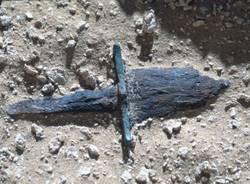
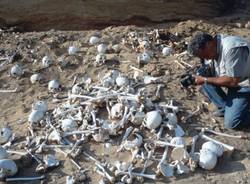
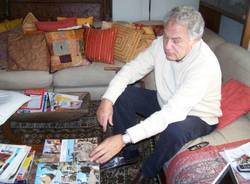
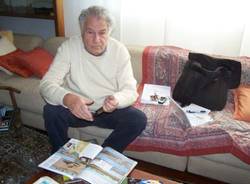
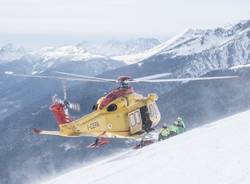




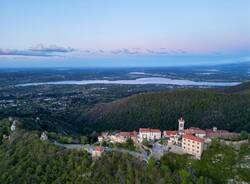







Accedi o registrati per commentare questo articolo.
L'email è richiesta ma non verrà mostrata ai visitatori. Il contenuto di questo commento esprime il pensiero dell'autore e non rappresenta la linea editoriale di VareseNews.it, che rimane autonoma e indipendente. I messaggi inclusi nei commenti non sono testi giornalistici, ma post inviati dai singoli lettori che possono essere automaticamente pubblicati senza filtro preventivo. I commenti che includano uno o più link a siti esterni verranno rimossi in automatico dal sistema.